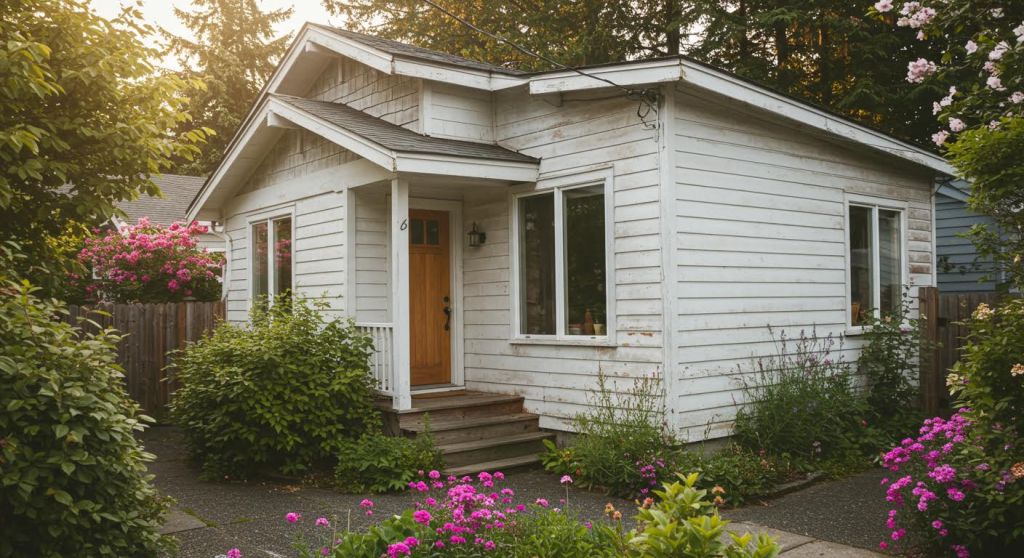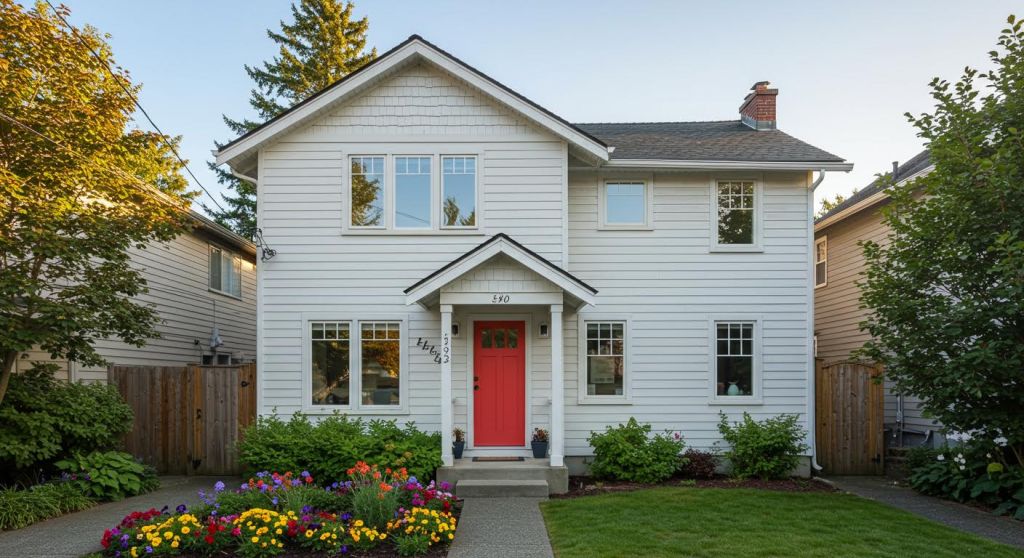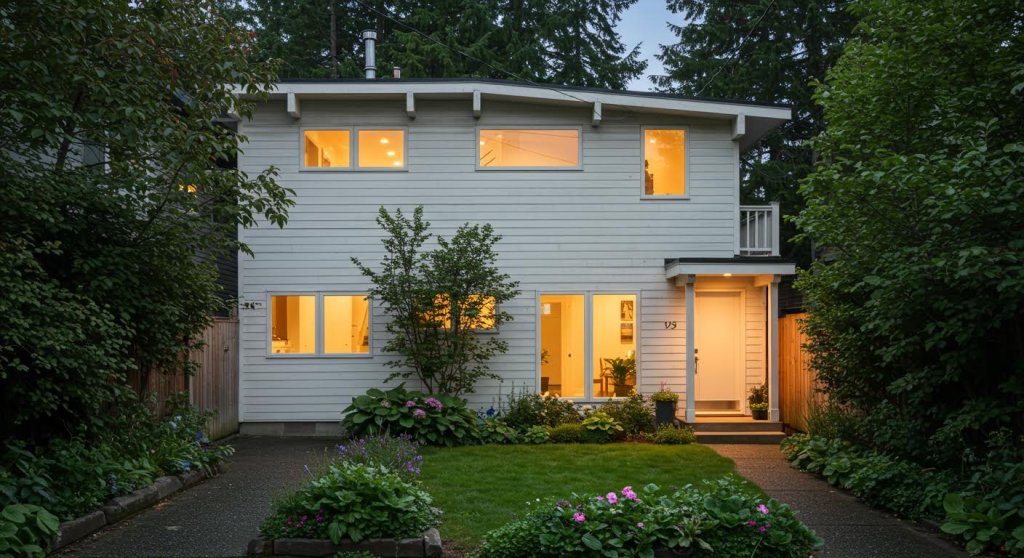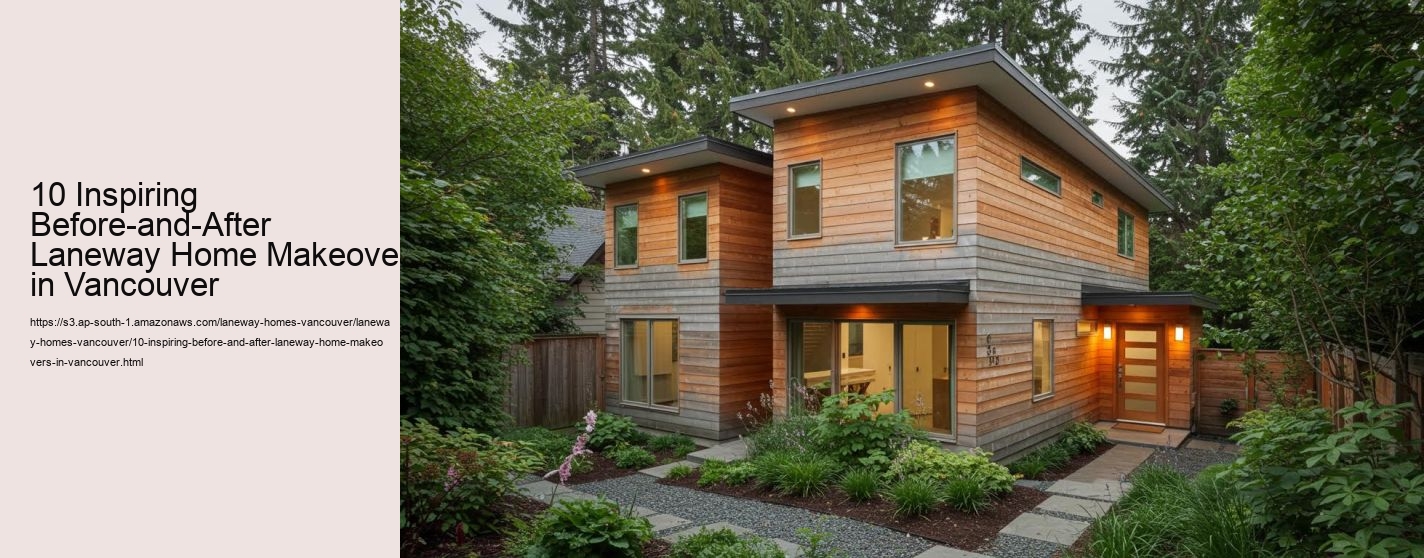Picking the Right Materials for Resilience and Aesthetic appeal
When making the excellent laneway home in Vancouver, selecting the ideal materials is important for accomplishing both toughness and visual appeals. Laneway Living: Vancouverrs Answer to Modern Downsizing . A laneway home is an investment, and the materials you choose will certainly not only establish just how well it weathers the components in time but likewise just how visually appealing it is to those that stay in or pass by it. Striking the ideal balance between these two aspects is essential to developing an area that is both practical and gorgeous.
Longevity is particularly crucial in Vancouver, where the environment can be tough. The city experiences significant rainfall, occasional snow, and rising and fall temperature levels, all of which can take a toll on structure products. For the outside, products such as fiber cement house siding, metal cladding, and treated timber are outstanding choices because they can withstand moisture and resist warping over time. Roofing materials like steel or composite shingles are likewise ideal as they supply resilient defense against rain and prospective leaks. Investing in sturdy products upfront may come with a greater price tag, but it eventually conserves money by reducing repair and maintenance costs over time.
Appearances, on the various other hand, play a crucial duty in guaranteeing that your laneway home feels welcoming and enhances its surroundings. Vancouver is known for its contemporary and West Coast-inspired design, which often includes all-natural products and tidy lines. Selecting wood accents, such as cedar or recovered lumber, can add warmth and character to the home, while big windows or glass features can create a sense of visibility and link to the outdoors. Neutral shade palettes, like soft greys, whites, and earth tones, tend to function well in Vancouver's city and natural landscapes, using a classic and advanced appearance.
It's likewise worth taking into consideration just how sturdiness and visual appeals intersect. For instance, crafted timber or composite products can simulate the appeal of natural timber while supplying greater resistance to weathering. Similarly, modern-day steel finishes can develop a smooth and modern appearance while being rust-resistant and extremely durable. By blending functional products with design-conscious aspects, you can guarantee that your laneway home continues to be visually attractive and structurally appear for several years to come.
Eventually, the products you select for your Vancouver laneway home need to reflect your top priorities and the home's objective. Whether you're making it as a rental residential or commercial property, a space for household, or a personal resort, the best mix of sturdy and cosmetically pleasing materials will certainly produce a home that stands the test of time-- both in type and feature. Thoughtful product selection not only enhances the longevity of the framework but additionally adds
Taking Full Advantage Of Natural Light and Ventilation

Making the most of natural light and air flow is a foundation of making the ideal laneway home in Vancouver. These portable houses grow on clever style to ensure they really feel open, airy, and comfy, despite their smaller footprint. By prioritizing all-natural light and airflow, you can develop an area that feels bigger, much more inviting, and energy-efficient.
To start with, the alignment of the home plays an essential role in enhancing all-natural light. Positioning the house to take advantage of Vancouver's sunlight patterns can make a considerable difference. South-facing home windows, for instance, permit maximum sunshine throughout the day, producing a warm and bright interior. Similarly, tactically placed skylights can flooding the home with light, especially in areas like bathroom and kitchens where natural light is typically minimal. Huge home windows and glass doors, when thoughtfully situated, can better improve the feeling of openness while attaching the inside your home with the outdoors.
Ventilation is similarly critical in a laneway home, as fresh air flow straight impacts comfort and air quality. Cross-ventilation is a reliable approach to attain this. By placing home windows and openings on contrary sides of the house, air can move normally through the space, decreasing the need for mechanical air flow. Operable home windows, louvered vents, and even gliding doors can assist encourage air movement, keeping the home cool in summer season and improving overall convenience year-round.
Another vital facet of layout is incorporating multifunctional rooms and open layouts that motivate light and air to relocate easily. Staying clear of barriers like unneeded wall surfaces can help light traveling deeper right into the home, while lighter color palettes for walls and coatings reflect light, amplifying its impact. Attentively made exterior areas, such as patio areas or courtyards, can also prolong the space and rise access to fresh air and natural light.
Lastly, it's worth taking into consideration sustainable solutions, such as energy-efficient windows and easy air flow systems, to lower energy usage while keeping a comfortable living setting. These options not just minimize the home's environmental effect however also add to long-term price savings.
In conclusion, making the most of natural light and air flow is necessary to designing a laneway home in Vancouver that really feels large, lasting, and welcoming. By paying attention to positioning, home window positioning, air movement, and layout components that enhance visibility, you can create a lovely and practical space that fits effortlessly into Vancouver's city landscape. This thoughtful technique makes sure that your laneway home is not just sensible but additionally a delight to stay in.
Including Lasting and Energy-Efficient Attributes
Integrating lasting and energy-efficient functions into the style of a laneway home in Vancouver is not just a pattern however a need. With climbing power costs, ecological problems, and the city's dedication to sustainability, producing a home that is both environmentally friendly and effective is a practical and liable selection. These homes, commonly portable and useful, use an exceptional opportunity to embrace innovative layout techniques that minimize ecological effect while enhancing convenience and livability.
To begin with, energy performance can be accomplished with thoughtful building positioning and insulation. Placing the home to make the most of all-natural light reduces the demand for artificial lighting throughout the day, while top notch insulation helps keep interior temperature levels with very little heating or air conditioning. Energy-efficient windows and doors better boost this by stopping warm loss in the wintertime and keeping the interior cool in the summer.
Integrating renewable energy resources, such as photovoltaic panels, is one more way to make a laneway home lasting. Vancouver's environment, while not always bright, still provides enough sunlight to make solar energy a practical option.
10 Inspiring Before-and-After Laneway Home Makeovers in Vancouver -
- permit-ready laneway homes Vancouver
- laneway homes Grandview-Woodland built for families who love their neighborhood and privacy.
- West Vancouver laneway house design that says luxury, not leftover space.
Water conservation is likewise an important consideration. Setting up rain harvesting systems and greywater recycling can considerably decrease water usage. Recording rainwater for exterior irrigation or other non-potable uses is an environmentally friendly method to take advantage of Vancouver's frequent rains. In a similar way, using drought-resistant landscaping around the home can better decrease water demand.
Sustainable products play an important duty in eco-friendly layout. Selecting locally sourced, recycled, or renewable materials, such as recovered wood or bamboo, not only supports the regional economic situation however also lessens the carbon footprint related to carrying products.
10 Inspiring Before-and-After Laneway Home Makeovers in Vancouver -
- new laneway homes Vancouver crafted for modern life with timeless comfort.
- laneway homes with basement suite Vancouver—because storage is sacred.
- Shaughnessy Vancouver laneway homes that complement heritage charm with modern ease.
- laneway home contractors Greater Vancouver
- laneway house construction costs Vancouver that won’t give you budget whiplash.
- affordable laneway housing Vancouver

Eco-friendly roofing systems and living wall surfaces are one more innovative way to integrate sustainability right into a laneway home. These functions enhance insulation, decrease stormwater overflow, and improve biodiversity by giving environments for local wild animals. They likewise add aesthetic value, blending the home perfectly with the surrounding atmosphere.
Ultimately, smart home innovation can be integrated to enhance power usage. Smart thermostats, automated lights systems, and power monitoring tools permit home owners to closely track and manage their energy usage, making certain that no sources are squandered.
Creating the excellent laneway home in Vancouver means stabilizing functionality, visual appeal
Browsing Vancouvers Zoning and Building Regulations
Creating the best laneway home in Vancouver is an amazing possibility to develop a useful, trendy, and efficient home. Vancouver laneway homes with garage Nonetheless, navigating Vancouvers zoning and structure policies can be a difficult job for numerous homeowners. These rules are in location to make certain that new constructions align with the city's long-term goals of sustainability, livability, and thickness administration. By recognizing these standards and functioning within their structure, you can transform your vision of a laneway home right into truth.
Initially, it is essential to familiarize yourself with Vancouver's zoning bylaws. Laneway homes, additionally called accessory dwelling units (ADUs), are permitted on great deals that fulfill particular requirements under RS-1 and RS-5 zoning areas, among others. Normally, your great deal should be at the very least 33 feet broad and have access to a back lane or an open space where the laneway home can be constructed. The city's zoning laws likewise determine the optimum allowed size and elevation of a laneway house. As an example, the overall floor location is generally topped at 900 square feet, depending on the dimension of your property. These limitations are created to ensure that the laneway home continues to be additional to the major home and fits effortlessly right into the community.
Building laws are an additional vital aspect. Vancouvers building codes stress security, sustainability, and power effectiveness. Your laneway home has to meet particular requirements for fire safety and security, insulation, plumbing, and electrical systems. custom-built laneway suites Vancouver designed with your needs, not a template. Furthermore, the city has ambitious environment-friendly structure policies, such as the Green Structures Policy for Rezoning, which motivate the use of energy-efficient materials, low-carbon styles, and lasting building methods. Incorporating these components not just guarantees compliance but additionally makes your laneway home extra environmentally friendly and cost-efficient in the future.
Auto parking needs are one more area to think about. While Vancouver has actually alleviated some car park guidelines to motivate the building and construction of laneway homes, you'll still need to supply at least one on-site garage most of the times. The style of the parking lot need to additionally comply with city guidelines to make certain access and very little interruption to the surrounding area.
To enhance the procedure, it's a great idea to work with professionals that understand Vancouvers zoning and building rules. Designers, developers, and builders experienced in laneway housing can assist you navigate the intricacies of licenses, inspections, and approvals. They'll additionally guarantee your design makes best use of the available room while adhering to all regulations.
Lastly, take into consideration the more comprehensive context of your laneway home. Consider exactly how it will match your major home, fit

